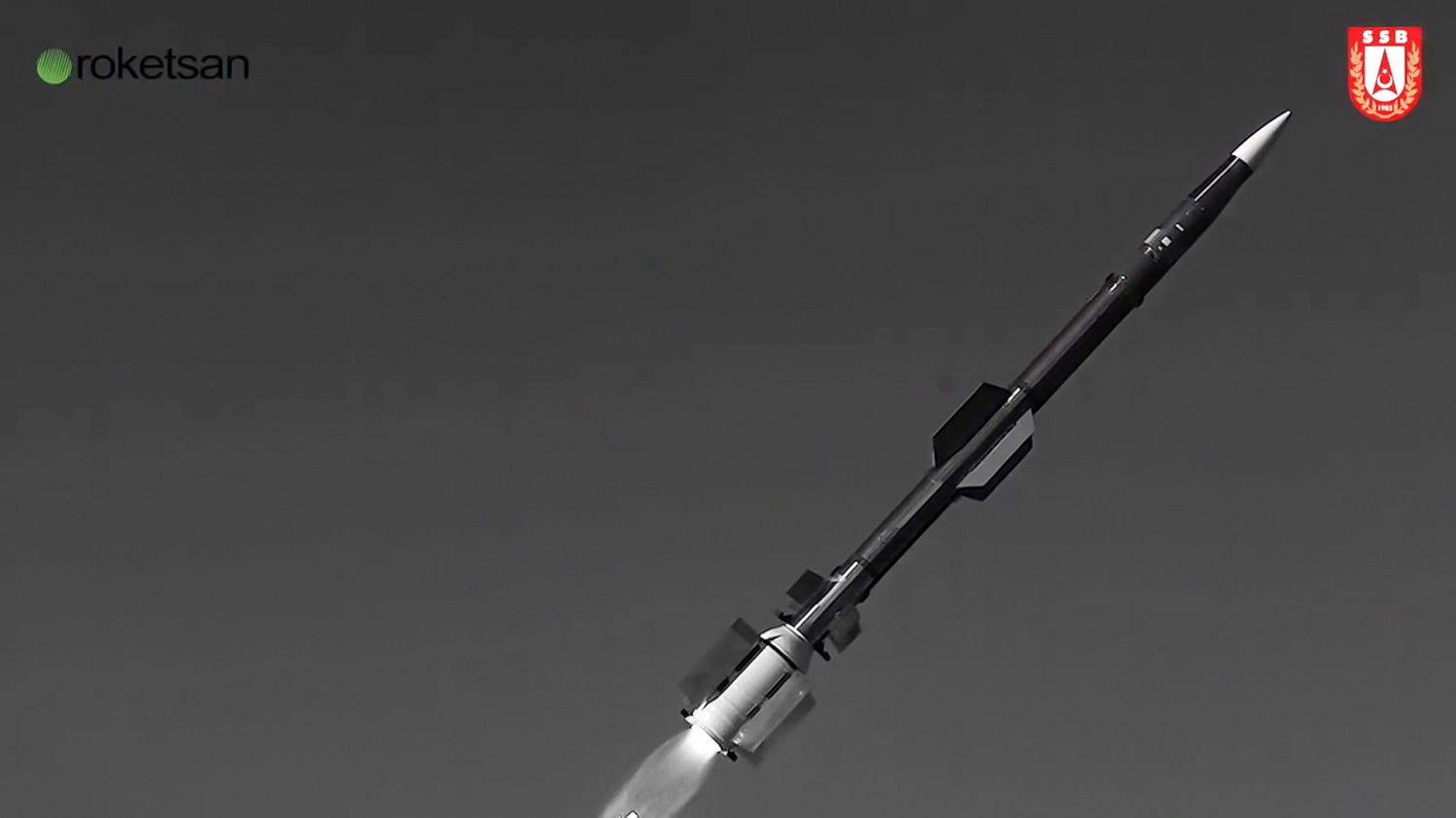Turkey has completed successful acceptance tests of its cutting-edge SIPER long-range air defense missile system. These tests mark a pivotal milestone in the system’s journey towards integration into the nation’s defense inventory. Developed entirely with domestic resources, SIPER emerges as a formidable competitor to established systems like the American Patriot and the Russian S-400 air defense platforms. The recent initiation of acceptance tests witnessed the firing of the SIPER Product 2 Missile, boasting an impressive range exceeding 150 kilometers. Preceding this milestone was the earlier launch of the Product 1 missile, with a range surpassing 100 kilometers. Confirmation of these successful tests came from the Turkish Defense Industries Secretariat (SSB), signifying a monumental achievement for Turkey’s defense sector.
SIPER’s inception stemmed from Turkey’s response to the unavailability of the Patriot system from the United States. This indigenous innovation is poised to join the Turkish Armed Forces inventory this year, initially deploying the SIPER Product 1 Missile as an interim solution. Prior to SIPER’s development, Turkey had acquired the Russian S-400 system. Comparable to the capabilities of the American Patriot system, SIPER demonstrates remarkable proficiency in tracking and engaging diverse airborne threats, including missiles, fighter jets, and helicopters.
Recent disclosures from ASELSAN have shed light on the intricate architecture of the SIPER system. Comprising components like the Fire Control Center, Fire Control Radar, Search Radar, Missile Launch System, and more, SIPER aims to provide robust, long-range air defense for critical facilities against potential enemy incursions.

Anticipated to be included in Turkey’s military arsenal by 2023, SIPER’s testing will persist, expanding to launches encompassing greater ranges and altitudes. As part of Turkey’s layered air defense system, SIPER, alongside systems like Korkut, Sungur, and Hisar, is positioned as the backbone of the nation’s aerial defense. Key features encompass air defense planning, comprehensive information management, generation of a comprehensive aerial picture, automated diagnosis management, bidirectional communication with missiles, and the capacity to operate eight Missile Launch Systems, each capable of launching six missiles. Designed with a dual-pulse engine, an active radar seeker, and an imaging infrared seeker akin to the Hisar-A+ and Hisar-O+ systems, SIPER holds the pivotal role of defending strategic facilities against potential enemy assaults within a distributed architecture.
SIPER is a long-range surface-to-air missile (SAM) air defense system that is currently under development in Turkey. Designed to defend against any type of airborne threat, it can fight aircraft, cruise missiles, air-to-ground missiles and unmanned aerial vehicles (UAVs). It was jointly developed in Turkey by the companies Roketsan, Aselsan and the research institute TÜBITAK SAGE. During the first firing test, which took place at the test range in Sinop, northern Turkey end December 2022, the SIPER Block 1 missile successfully demonstrated the ability to detect, track and hit a high-speed target aircraft at a range exceeding 100 km (62 mi). It was announced that SIPER will be put into service within 2023. The SIPER system project was launched by the Defence Industries Presidency in 2018. The missile is developed by Roketsan and the most sensors and electronics by Aselsan. It is capable of fighting aircraft, cruise missiles, air-to-ground missiles and unmanned aerial vehicle (UAV).















